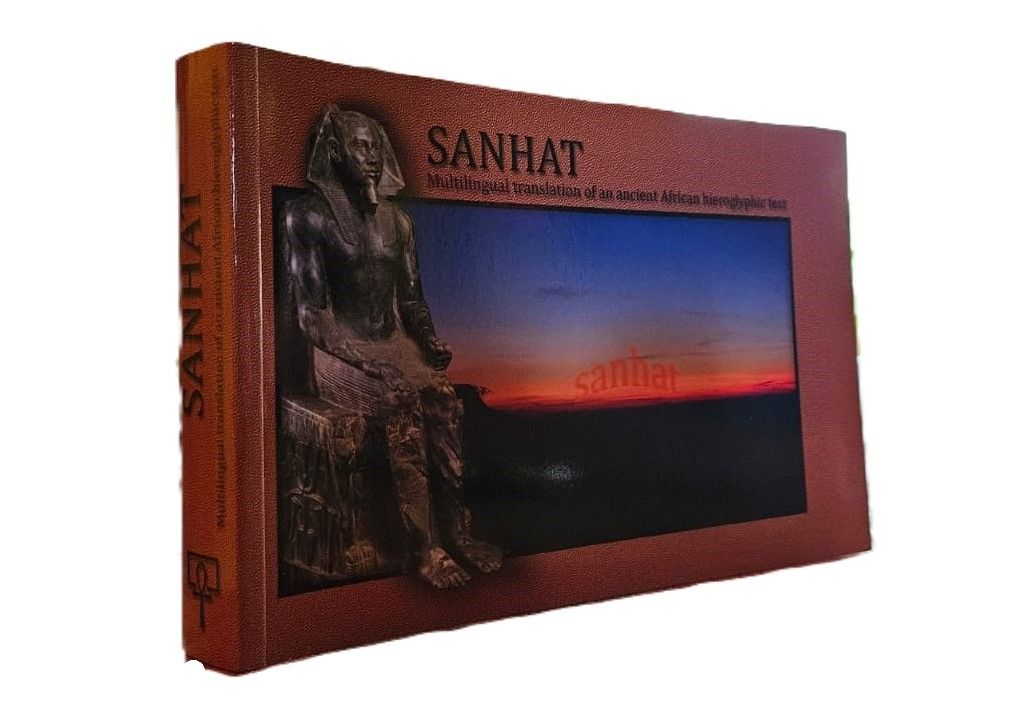“Three generations of white South African men were bound together at that table. Vermuelen was the first generation. He defined Africa, made it safe for Basson to defile. I was the last generation, the last to grow up in segregated neighborhoods. Between us was the silent photograph of Wouter Basson. Like a distant father, Basson was absent at the dining table.” – Henk Rossouw (Hole in the White ‘Hood). Also Mahmood Mamdani on Bantu Education at UCT, Gael Reagon on sisterhood, Binyavanga Wainaina on dis-covering Kenya, Gaston Zossou on African intellectuals and more…

Cover:
Strange Fruit by Lewis Allen
SaNhat: Multilingual translation of an ancient African hieroglyphic text by Ayi Kwei Armah (SHEMSW BAK, 2014)
SaNhat: Multilingual translation of an ancient African hieroglyphic text by Ayi Kwei Armah (SHEMSW BAK, 2014)
The Story of Sanhat, an Official of Kemet SANHAT, among Africa’s oldest written literary texts, comes from the time of King Sehotepibre, three thousand eight hundred years ago. Sanhat, an officer returning from Libya after a military expedition, hears messengers summon the prince Senwosret urgently to the The pharaoh is dead. Sanhat overhears other messengers summoning other, younger princes back. Fearing a bloody palace coup, he flees to Palestine. There he prospers. But dreading the prospect of dying abroad, he obtains a royal pardon, and returns to Egypt, bringing his life to a satisfactory close. This tale, over four thousand years old, is here transliterated and translated into French and English by the SHEMSW BAK hieroglyphic study group (Yopreka Somet, Jacques Depelchin, Ayi Kwei Armah) and then translated into Akan, Kikongo, Kiswahili, Portuguese, Wolof and Zulu by freelancers working from the French and English versions.

